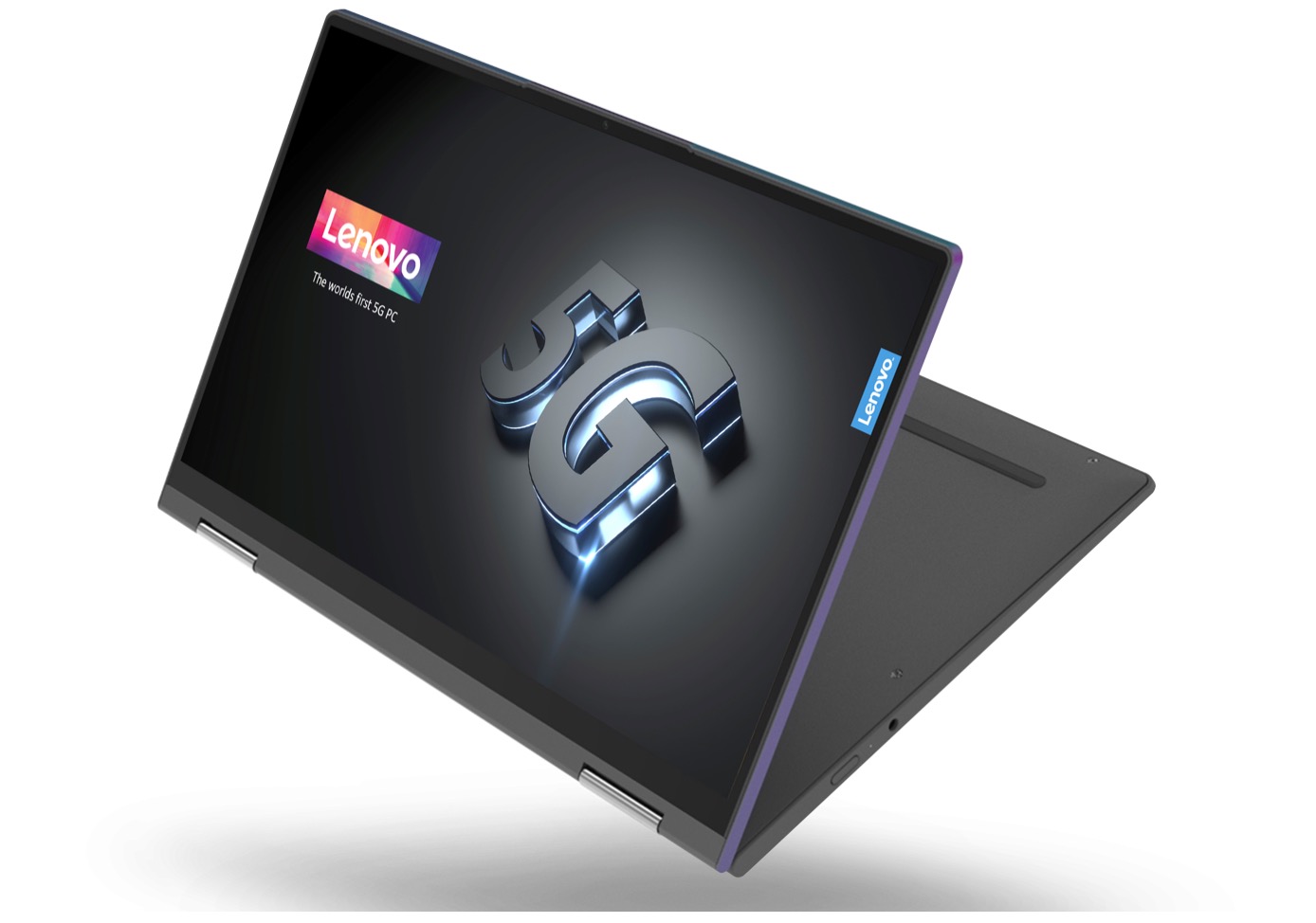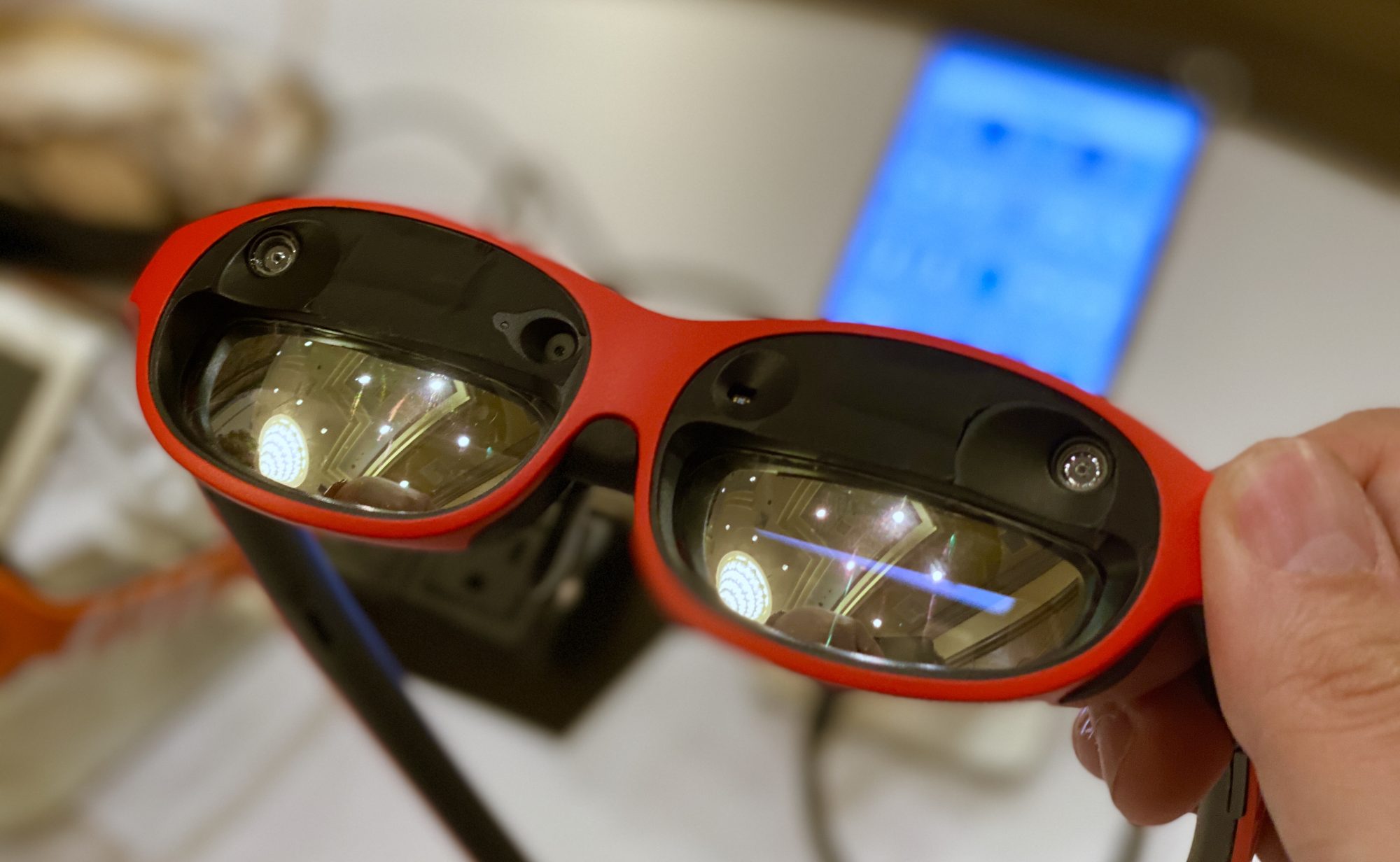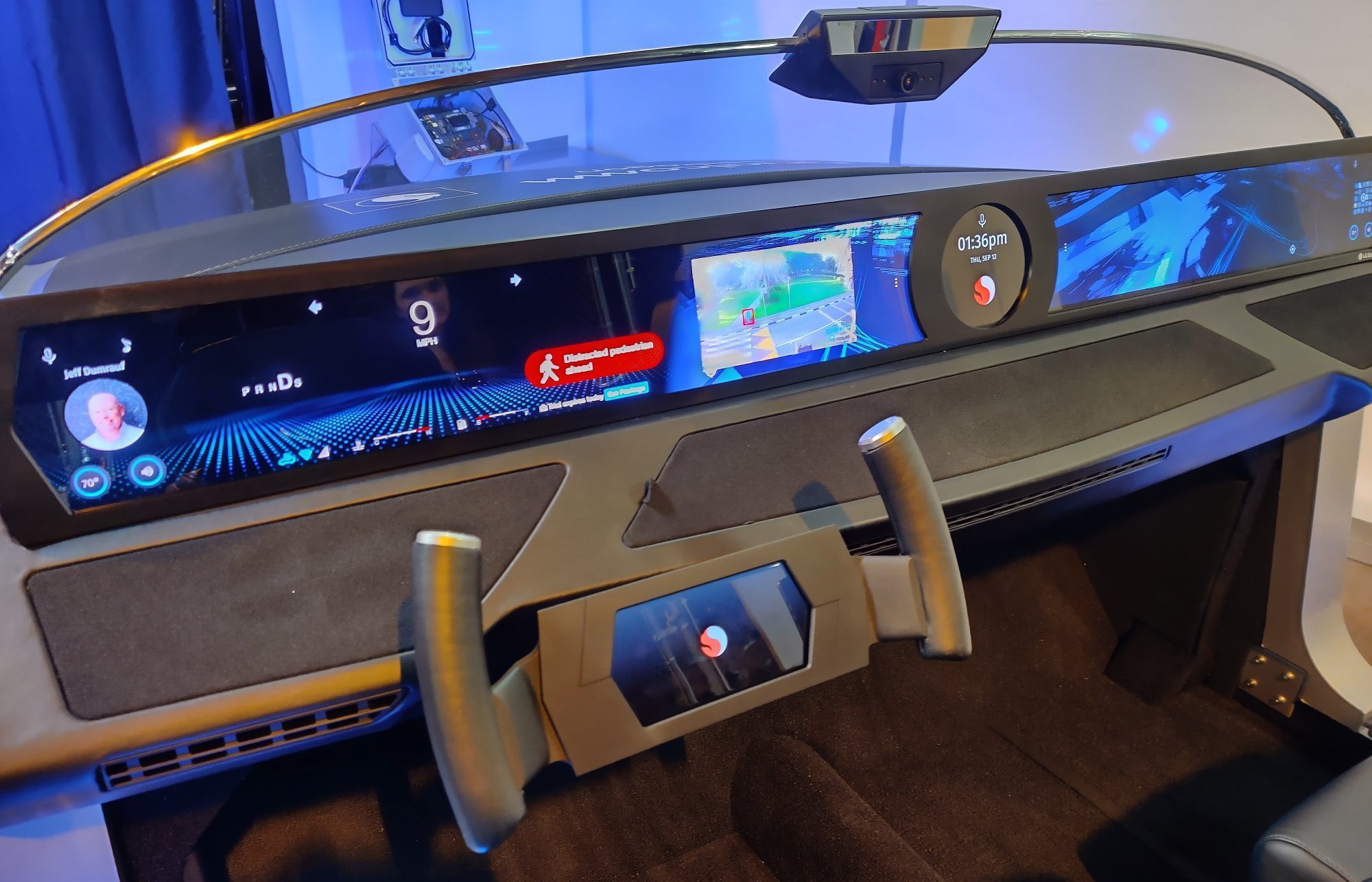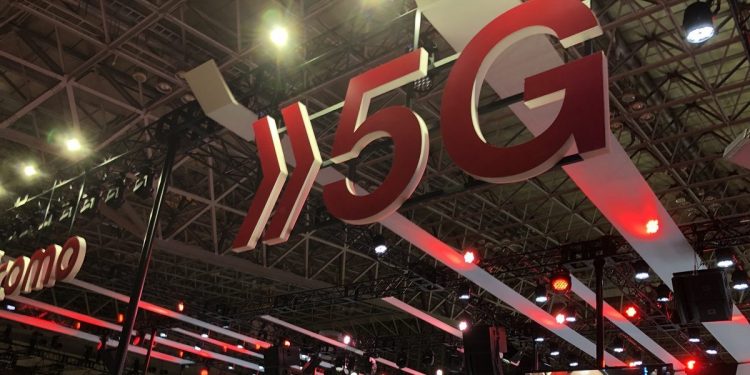Despite what some cynics have said, 2019 was a pretty good first year for 5G, the next-generation cellular standard. Carriers successfully launched early 5G networks a year ahead of the original schedule, multiple devices became available for purchase — without any HTC ThunderBolt-style debacles — and consumers signed up for 5G data plans faster than they did for early 4G. South Korea and China already have millions of 5G subscribers, though U.S., Australian, and European numbers aren’t as clear.
That ambiguity is the product of two issues. First, carriers in many countries — including the U.S. — haven’t set up separate 5G plans for users, instead offering 5G free to customers on existing “unlimited” 4G plans. Second, the vast majority of customers have held off on purchasing 5G hardware while governments, carriers, and phone makers sort out early performance questions and hiccups.
Even so, all of the industry’s major players are expecting and preparing for real uptake of 5G to happen in 2020. Here’s what you need to know.
Real-world 5G performance is now quantified
The key to understanding 5G is that carriers across the world are using a mix of different radio frequencies to deliver high-speed data service to customers. Low, mid, and high band 5G each have a different combination of speed and range, such that low band delivers slower speeds at the greatest distances, high band delivers ultra-fast speeds at the shortest distances, and mid band is in the middle on both speeds and distances.
June 5th: The AI Audit in NYC
Join us next week in NYC to engage with top executive leaders, delving into strategies for auditing AI models to ensure fairness, optimal performance, and ethical compliance across diverse organizations. Secure your attendance for this exclusive invite-only event.
U.S. carrier T-Mobile plans to use low band to blanket the country with a base level of good 5G coverage, mid band to offer better service in cities and metropolitan areas, and high band to offer super fast service in the densest urban environments. Canadian carrier Rogers has indicated that it will use a similar strategy to provide nationwide coverage up north. Other carriers may skip low band 5G entirely, focusing their networks on faster mid and high band 5G.

Above: A T-Mobile layer cake illustrates how low/mid/high band 5G works.
Up until recently, it wasn’t entirely clear how fast or slow all three 5G bands would be in practice. But after T-Mobile launched its low band “nationwide” 5G network last week, we now can see exactly how the bands actually work together. Full details are in our definitive guide to 5G low, mid, and high band speeds.
The summary: One low band (600-700MHz) tower can cover hundreds of square miles with 5G service that ranges from 30 to 250 megabits per second (Mbps) in speeds. Mid band (2.5/3.5GHz) towers cover a several-mile radius with 5G that currently ranges from 100 to 900Mbps. High band (millimeter wave/24-39GHz) towers work within a one-mile or lower radius to deliver roughly 1-3 gigabits per second (Gbps) speeds.
Collectively, these numbers mean that 5G will deliver much faster data speeds than 4G, though actual performance will depend on three factors: your 5G phone; the type and number of 5G towers near where you live, work, and commute; and the number of other people sharing those towers with you.
5G phones are becoming more numerous, capable, and affordable
While Samsung, Motorola, and several other companies raced to become the first vendor of 5G smartphones, their early offerings weren’t entirely compelling: Samsung’s Galaxy S10 5G carried a brutal $1,300 price tag, Motorola’s Moto Z3 required a clunky 5G Moto Mod backpack, and LG’s forgettable V50 ThinQ 5G sold for $1,000 to $1,150 depending on the carrier. Each was important in setting the stage for 5G in 2020, but none was worth buying.

Above: OnePlus 7 and 7T Pro 5G models are less expensive than Apple’s latest flagship iPhones.
Heading into 2020, the number of 5G phones is about to increase dramatically. Top 5G chipmaker Qualcomm said last week that 230 5G devices are either already launched or in development, with Xiaomi alone promising over 10 new 5G devices in 2020. Both Qualcomm and rival MediaTek have announced fully integrated 5G system-on-chip solutions for non-flagship smartphones, with Qualcomm pledging support for mid-tier devices during the coming year.
Chinese OEM OnePlus has been leading the charge for more affordable 5G phones in 2019, releasing the value-packed OnePlus 7 Pro 5G for Sprint and OnePlus 7T Pro 5G McLaren for T-Mobile for just under $900 in the U.S. — less than the cost of either Apple iPhone 11 Pro model, despite delivering faster cellular speeds, a larger screen, and more base storage space.
Within China, 5G phones are already available for under $700, and are expected to hit the $500 mark soon. That’s partially due to heavy domestic competition, and partially because Chinese 5G phones don’t yet support high band millimeter wave 5G, reducing their need to include more expensive components.
China is just one of multiple countries where 5G service will only be offered on mid band frequencies for the immediate future, with high band coming considerably later. Elsewhere, and depending on the carrier, 5G may be offered on a combination of low, mid, and high bands; low and high bands; or mid and high bands. In any case, new phones coming early next year will support 5G across more bands.
Expect 5G PCs and home broadband soon, 5G XR and wearables later
Smartphones aren’t the only client devices for 5G networks; the next two growth areas for 5G are expected to be home broadband modems and Windows laptops. Several carriers are already offering early 5G home broadband service using wireless modems developed by Huawei, Inseego, Nokia, and Samsung, with speeds comparable to traditional wired service, a trend that’s set to expand in 2020. These modems use 5G to transmit data to and from the carrier’s network, sharing the signal with computers and/or other devices using Wi-Fi and/or Ethernet connections.

Above: Lenovo has called Project Limitless the world’s first 5G PC, but it won’t go on sale until 2020.
PCs with the ability to connect directly to 5G networks are coming next. Intel was supposed to release 5G laptop chips in time for the 2019 holiday season, but bailed out and sold its 5G modem division to Apple. Now the top PC chipmaker expects to support 5G laptop releases starting in early 2021, using MediaTek 5G modems.
Meanwhile, rivals such as Qualcomm have announced 5G PC initiatives for 2020, including a 5G-powered Snapdragon 8cx chipset for Lenovo’s Project Limitless laptop and a 5G Snapdragon 8c chipset for more affordable laptops. It’s quite possible that tablets from companies such as Microsoft and Apple will offer 5G as an option during 2020, as well. Each of these devices should be able to connect directly to a 5G network for cellular service, though it’s unclear which 5G bands — low, mid, and/or high — they’ll support.

Above: Nreal Light’s AR glasses rely upon a smartphone for data and processing.
The timetable for 5G XR devices and wearables isn’t quite as clear. 2020 will surely see the release of tethered augmented reality headsets such as Nreal Light, which uses a wired connection to a 4G or 5G smartphone for data and processing. Aided by marketing pushes from cellular carriers such as China Unicom, KDDI, and Deutsche Telecom, these devices, known generally as XR viewers, will begin to acclimate people to the daily potential of XR at work and home.
But actually putting a 5G chip directly into XR goggles or glasses may take longer. It’s certainly going to happen; the only questions are when, and who will succeed in getting people to buy and use them.
Qualcomm just announced a Snapdragon XR2 chipset with optional 5G connectivity, enabling OEMs to create standalone headsets that can pull data directly from 5G networks — a change that will eventually free retailers from needing to keep big PCs in the middle of their showroom floors. Only time will tell how quickly OEMs will produce these headsets, and when carriers will have the necessary 5G infrastructure in place to support them.
Similarly, the timetable for 5G wearables is something of a mystery at this point. Qualcomm has suggested that the next big step forward for wearables — 5G NR Light, a version of 5G optimized for low-power devices — will take place in a future release of the 5G standard, likely arriving in late 2021 or early 2022. But history suggests that it’s highly likely that one or more companies (read: Samsung and Huawei) will rush to release the “first 5G smartwatch” as soon as possible, regardless of the battery or performance implications.
2020 will be great for 5G, but not the end of the line
There’s no doubt that 5G will dramatically expand throughout 2020: New networks will continue to light up across the world, devices will become more widely available (including ones with breakthrough cameras that make use of 5G bandwidth), and businesses will continue to prove out new industrial, automotive, medical, and educational use cases. Buying a 4G phone in 2020 won’t seem silly, but in many places, it will seem short-sighted — even more than it does today.
That said, 5G performance will remain a moving target throughout 2020 due in equal parts to uneven network buildouts and changes in the numbers of people using 5G towers. It’s clear that 5G is capable of delivering nearly 100 times faster speeds than what U.S. 4G smartphone users are accustomed to seeing today, but depending on where you are and the device you choose, the performance difference might be much smaller.

Above: Prototype 5G automotive systems for future vehicles, at Qualcomm.
As 5G towers continue to spread and underlying radio technology advances continue to make their way from labs into consumer devices, the 5G experience will improve. At some point over the next few years, 5G-powered smartphones, tablets, laptops, wearables, and XR will be common, while 5G automotive, agricultural, and city-scale infrastructure initiatives will be well underway. Each will start out with a base level of 5G performance, then get better over time.
Realistically, you can expect that process to continue with frequent developments over the next 10 or so years — just in time for 6G to kick off in 2030. Until then, enjoy what the evolving 5G standard has to offer, as it’s going to be a very exciting time for wireless devices and the people who increasingly depend upon them.

